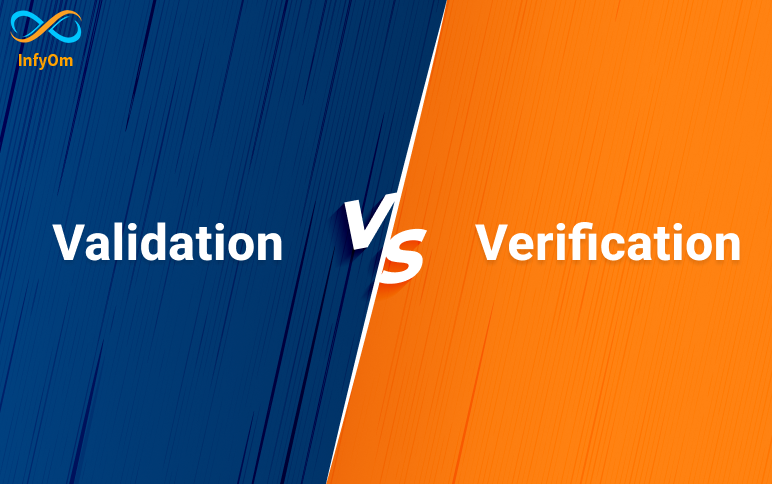What Is ERP Testing?
Before going into ERP testing, we’ve to know about the ERP. ERP stands for Enterprise Resource Planning.ERP Testing is critical since each business can customise its workflow depending on the needs of their organisation. When doing ERP testing, the tester has got to understand the business workflows, data flows, and ERP modules. Then only he/she are going to be ready to test and ensure the system implementation is suiting their organisation.
How To Do ERP Testing?
ERP Testing mainly focuses generally on functional testing and performance testing. The next preference is given for the mixing between the modules and therefore the data flows. ERP testing are often done either manually or automatically. ERP testing are often wiped out the below phases:
Identify the business processes and define the scope of testing.
Setting up a test system. Prepare Test Plan. Prepare the test suites. Create test data sets. Write test cases.(manual/automated) Test Execution. Prepare Test Reports.
Different Types Of ERP Testing
Functional Testing: Functional testing will cover the aspects of compatibility, localisation, integration with other systems, etc. The testing are often done either manually or by automation. This is the primary testing type got to be conducted since the functional workflow should work flawlessly. After functional testing completed, the opposite sorts of testing got to be performed. The testing are often done by manual or automated testing.
Integration Testing: Integration testing usually conducted when an application is interacting with multiple components. The components need to be tested individually. After the completion of the testing of the modules, it must be tested with all components as an entire workflow. Then only the system should work sort of a single unit at the top after integration seamlessly.
Performance Testing: Performance testing usually conducted to make sure what percentage users can access the system at an equivalent time and what’s the reaction time during that. The user volume and therefore the concurrent usage are going to be more after the implementation of ERP systems. It is critical to try to to the performance testing of the ERP system since it’s to interact with multiple applications.
Security Testing: Security testing is conducted to make sure that the system follows the quality security policies and rules. It helps to spot risks, threats, and vulnerabilities of the system. After identifying the vulnerabilities, those should be fixed and tested before the implementation of the ERP system.



